Eukhorenia has long arrived in decorative ponds and home aquariums, but once it represented a serious threat to the ecosystem. This modest unpretentious plant received the second name aqueous hyacinth due to the flowers similar to the form, although it does not have anything to do with hyacinths. In summer, Eukhorenia can often be found in Garden Ponds, where it works above the purification of water and complements the natural landscape. In this article we will talk about how to grow aqueous hyacinth and care for it at home.
Morphological features of water hyacinth
Eukhorenia (aqueous hyacinth) belongs to the Pontedery family, which has about 30 varieties of flowering aquatic plants. For the first time, Eukhorenia was discovered in tropical South African forests, where she was abundant to the surface of the surface of local warm water bodies. If we provide the plant appropriate conditions as in native tropics, it very quickly forms solid thickets on the water, covering it with large floating leaves. But, most importantly, the Eukhorenia attracts attention, this is a period of flowering, when large flowers resembling in the form of hyacinth are blooming in green thickets.
Interestingly: in the regions with a warm tropical climate, Eukhorenia, from time to time, delivers the mass of inconvenience to local residents. In warm wet weather, it grows greatly in ponds, lakes and rays, stopping the movement of water, having a transport, threatening the populations of animals, fish and other plants. Because of this kind, the plant was called "Water Chuma", and if not to follow its reproduction, a neat reservoir will quickly turn into swampy thickets. However, such a development of events threatens only those who live in the tropics. In countries with a moderate climate, Eukhorenia behaves restrained, and at home often and at all have to help it multiply.
Water hyacinth in the pond looks very beautiful, so it is not surprising that the plant has gained such popularity around the world. Even in the conditions of the middle strip and moderately cold climate, it is possible to grow it in garden reservoirs. In small ponds, water as it should be heated by the end of May, and you can plant Eukhorean in water. If the conditions are suitable, it will delight you with a juicy greens of large leaves and lush flowering.
A few words about the features of the structure of Eukhoreni leaves. They float on the surface and not drown, because they consist of a countless set of intracralic cavities filled with air. This allows the plant to feel comfortable in reservoirs of any depth. So, if the pond fell deep enough (more than 60 cm), water hyacinth will simply swim on the surface, in all other cases the plant is rooted in shallow water. It is the low-robbed roots that effectively purify water from harmful chemical impurities that fall there by the will of a person. In the home conditions of Eukhorenia will prevent the excessive concentration of salts in acuinaphid water. The minus of the use of water hyacinth for water purification is that it is quite difficult to create proper conditions for growth and reproduction on a large area, and if it turns out, it is necessary to control the spread of the plant, otherwise it will quickly capture the entire pond, pushing out other plant cultures and destroying the local fauna.
I wonder: if the water in which Eukhoren is growing, it will be constantly restless, the leaves will be thick. If the pond is quiet or you grow a plant in the aquarium, the cutters will be long and slender.
Flowers aqueous hyacinth in the summer. In the center of the socket is a floweros, on which a light lilac flower is formed. It is very fragrant and as farming is becoming more beautiful. On one flower petal there is a small barely noticeable dark spot. On the flowers is formed from 5 to 12 flowers, located on the same principle as the usual "earthy" hyacinth. Each flower has 6 pinkish-purple petals contrasting with emerald green foliage. The bloom is very spectacular, but unfortunately, you can admire this spectacle no longer than a day - then the flower is pollinated and a fruit with seeds remain in its place. Seeds of water hyacinth fall into the water, where they immediately begin to germinate if the water temperature has not fallen below + 26c. In the middle band, Eukhorem multiplies mainly vegetative, and not a seed way. This is due to the release of secondary horizontal shoots from the basket of the leaves.
One of the most important points in the technology of growing water hyacinths is the ability to maintain a plant in winter. In the tropics of winter does not happen, and therefore reproduction occurs almost year-round. In a moderate and cold climate, it is necessary for human intervention, otherwise Eukhorem will freeze and die. Therefore, with the onset of cold weather, the plant is moved to aquarium or in raw sand and support humidity and heat to spring.
I wonder: since Eukhorenia is very quickly multiplied in warmth, some enterprising people found this application. So, in Taiwan, salads and other dishes are made of juicy stems of water hyacinth. Eukhorean for culinary needs is grown in special nurseries. Also recently all over the world, scientists are looking for alternative energy sources, and biofuels are already practiced from Eukhorenia.
How to grow water hyacinth
There are no special difficulties with breeding and growing water hyacinth, since it is only necessary to create suitable humidity and temperature conditions. After that, there will be only to stop the excessive reproduction of the flower in time, removing additional horizontal shoots that grow out of leaf outlets.
Important: Delete side shoots are necessary in rubber gloves, because if Eukhore juice falls on the skin, it can cause irritation.
The second important point is wintering. The plant needs to prepare correctly and make it preferably before the water temperature drops to + 10c. If you lose this moment, the thermal-loving Eukhorean can penetrate and die. When the water temperature is about + 13c, caperate the plant with a church and put in advance prepared containers for wintering. These can be aquariums or plastic containers. Water in tanks must be the same in which Eukhoren grew so that the plant does not work out stress and not died! If the option with water is not suitable for you, fill the tank with a water from a reservoir or river sand, but experts recommend adhere to the first option, because IL and the sand will need to be constantly moistened, and it is better to make it better with a pond, which freezes it.
Put the containers with Eukhores in a warm place with good lighting. Remember that the flower came to us from the tropics, then it is necessary to try to create as close as possible to the tropical conditions. Since there are few lights in winter, and the hyacinth needs a full-fledged 12-hour sunny day, hang over a luminescent lamp. It is very important to protect the plant from drafts and temperature differences, so do not put it next to the balcony doors. Also, water hyacinth requires a constant flow of fresh air, so if you are advised to contain it in a terrarium or cover the plastic container with a lid, do not listen.
Useful advice: If you notice that the wintering Eukhore began to lose the leaves, then it lacks the light and you need to hang an extra lamp.
If in the spring you decide to relocate aqueous hyacinth to a new reservoir, add a little superphosphate to the water. The same recommendation can be given to everyone who you decide to give a hyacinth process.
In some cases, water hyacinth leaves during the winter can rot in standing water in a confined space. To avoid this, place the plant on a float ring, then the leaves will not touch the water, and the roots will not stick to the surface.
If you intend to buy Eichhorn in the store, be aware that some of its varieties are very thermophilic and capricious, and therefore may not bloom if at least some small thing they are not satisfied. For example, air will be cooler than a couple of degrees. But even in this case, green foliage will look very impressive on the surface of the water. Eichhorn is best to buy from private owners who do grow it in your garden and know that she really blooms in the local climate.

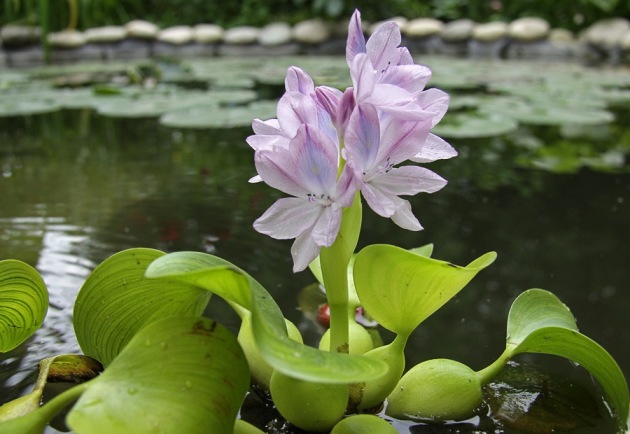
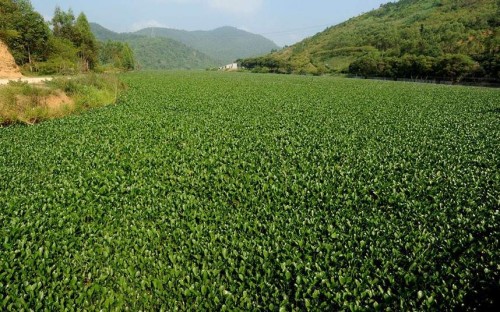


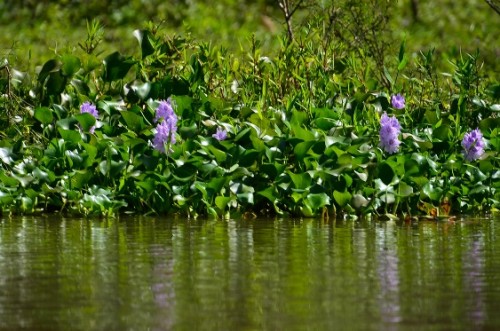
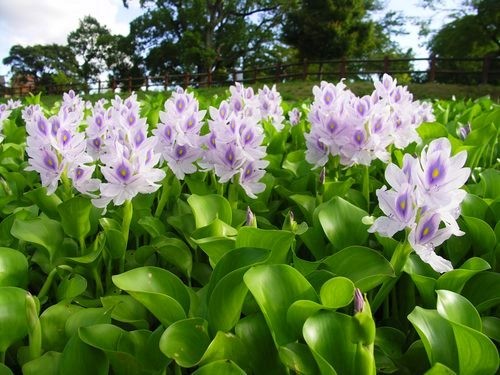
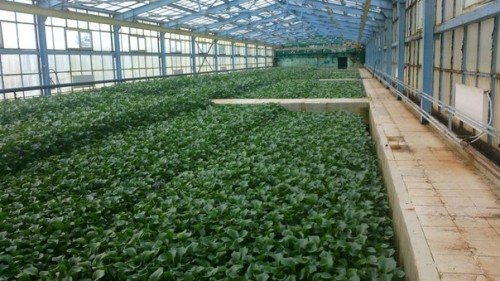
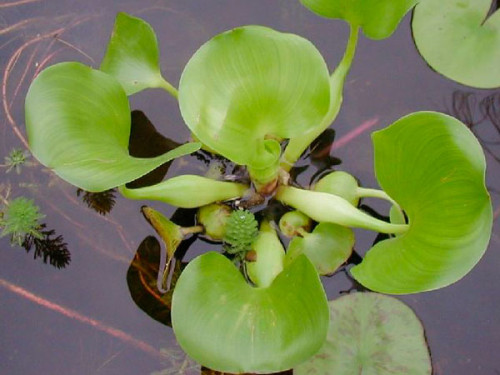
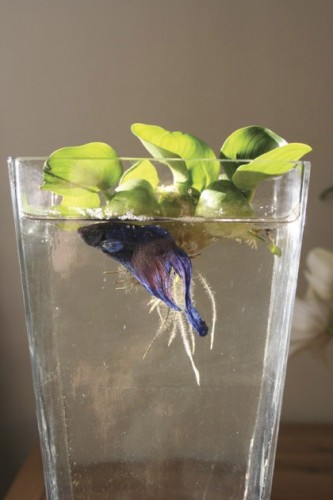
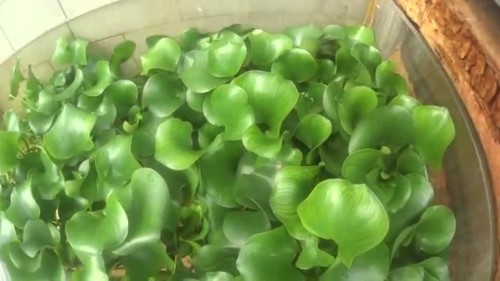
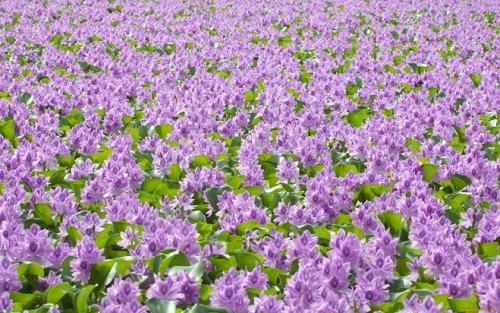












 Start a discussion ...
Start a discussion ...